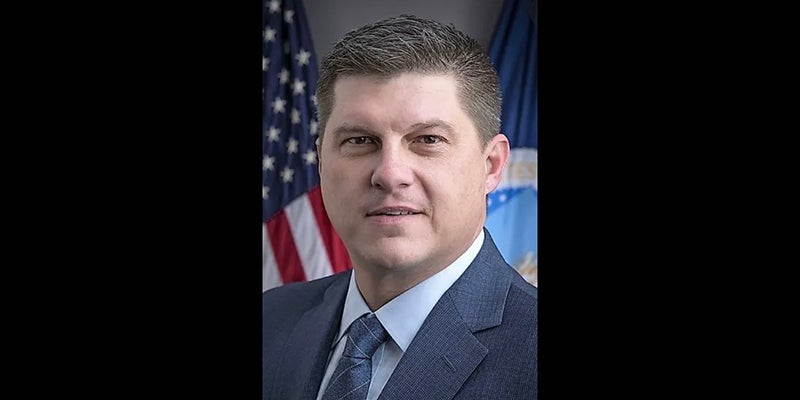Others’ opinion: Some hits and misses in federal panel’s school safety report
Published 7:48 am Thursday, January 3, 2019
Star Tribune
Distributed by Tribune Content Agency, LLC.
Several recently released recommendations from a federal school safety report were on point, while others seemed tone-deaf to research on school suspensions and discipline — as well as reasonable gun violence-prevention strategies.
The Federal Commission on School Safety was convened by the Trump administration in the aftermath of the 2018 Valentine’s Day high school shooting that killed 17 students and staff in Parkland, Fla. Education Secretary Betsy DeVos chaired the panel, which included three other members of President Donald Trump’s Cabinet. Its goal was to identify ways to prevent such tragedies, better protect students and give direction on how to respond and recover from shooting incidents.
A few of the commission’s major findings missed those marks. Chief among them: rescinding the student-suspension guidance of the previous administration. In 2014, the Obama Education Department issued nonbinding guidance that rightly encouraged schools to examine their suspension rates. Numerous studies had shown that students of color — particularly black students — were suspended at much higher rates than white students for comparable offenses.
As one congressman pointed out, that suspension guidance had no connection to school shootings, which have largely been committed by white males. “Rather than confronting the role of guns in gun violence, the Trump administration blames school shootings on civil rights enforcement,” said Rep. Robert C. “Bobby” Scott of Virginia, ranking Democrat on the House Education Committee, who will become committee chair this month.
Rescinding the previous guidance ignores the findings of the federal government’s own Government Accountability Office. In a March 2018 report, GAO researchers wrote, “Studies we reviewed suggest that implicit bias — stereotypes or unconscious associations about people — on the part of teachers and staff may cause them to judge students’ behaviors differently based on the students’ race and sex.”
And while the school safety commission’s report did not call for mandatory arming of educators, it did encourage it by suggesting that government could support firearms training for teachers and other school staff. Promoting pistol-packing teachers is another bad idea, as the Editorial Board has previously argued. Some schools already allow armed school staff, and in those cases those who choose to carry firearms ought to be well-trained. But having more firearms in schools is not the best way to reduce gun violence.
In a swipe at the news media, the panel suggests journalists adopt a “No Notoriety” approach to covering school shootings by refusing to name shooters and instead focusing on victims and “the facts.” Careful reading of most news accounts on school shootings already shows a focus on victims. And an important “fact” about such incidents is letting the public know who committed the horrific crime and trying to understand why.
That said, the report includes some worthy ideas. It recommends providing more access to school mental-health services, character education and improving school climate, using best practices to reduce cyberbullying, connecting with communities to get ahead of safety threats and encouraging more use of the Troops to Teachers program.
The study wisely advises states to consider offering training or other resources to promote safe firearms storage. It also encourages states to adopt laws permitting “extreme risk protection orders” (ERPOs), which can prevent individuals who pose a threat to themselves or others from possessing or purchasing firearms.
States and school districts should heed those suggestions, while continuing to work on bringing equity and racial fairness to student suspensions.




